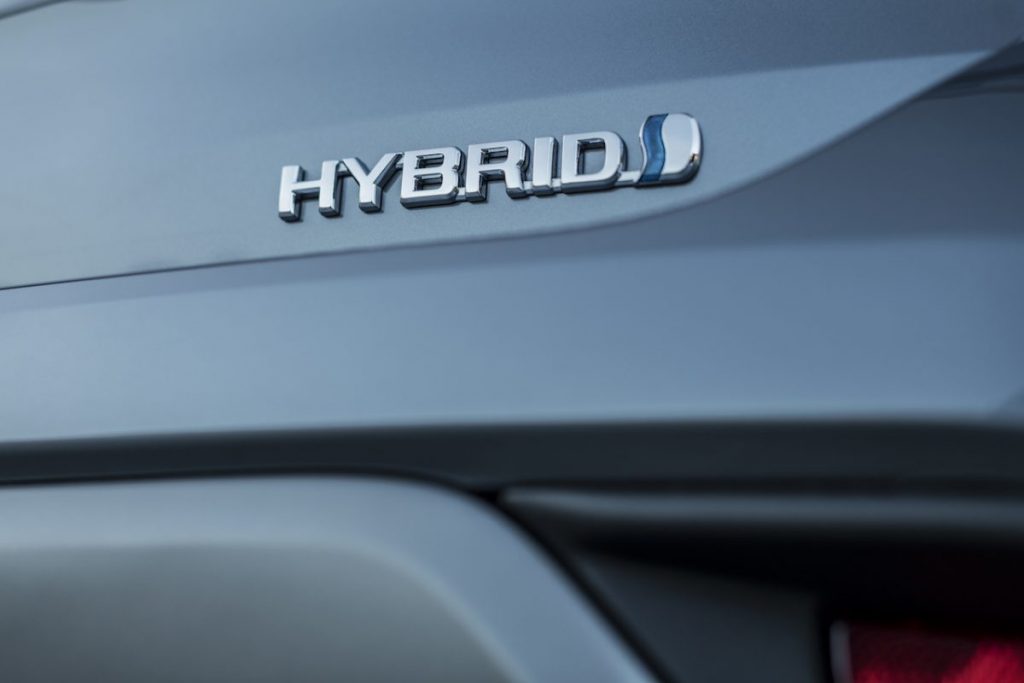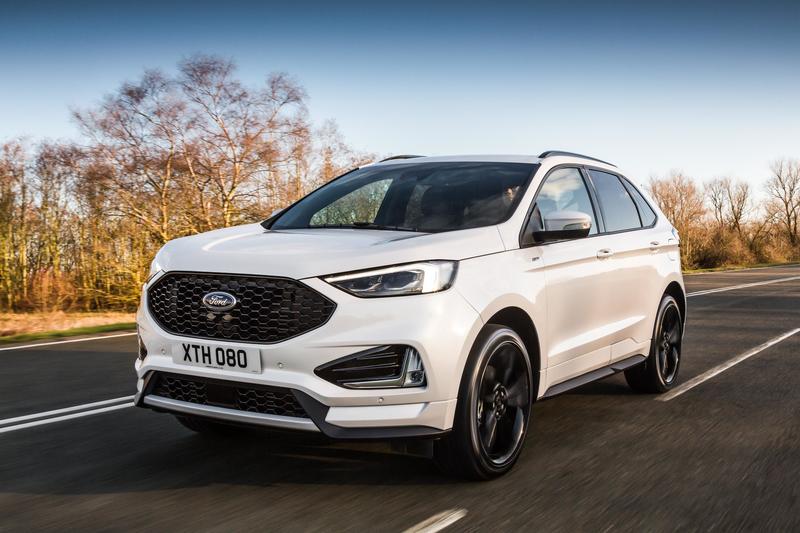The shift towards green forms of mobility has been accompanied by a huge amount of discussion and analysis around how society should transition away from fossil fuels. With environmental issues continuing to climb higher on global government agendas and policy increasingly influenced by the global energy transition, the automotive industry is heading into uncharted territory.
During the last century, global transportation has largely been dominated by the internal combustion engine (ICE), and while it boosted economic development across the globe, this formula is now more a threat than a solution. Research has turned to the ways in which green alternatives can be harnessed, and the challenges the automotive industry faces in achieving this.
Europe’s commitment to go green
Strict CO2 emissions regulation imposed by the European Commission is helping Europe become a stronghold for emerging green technologies. While Japan has followed a hybridisation strategy, the US has only recently confirmed its commitment to the switch towards low-emissions alternatives. Europe on the other hand decided to follow the Chinese example of full electrification for emissions reduction. As a result, OEMs operating in Europe have made major changes to their offering, placing EVs at the forefront of sales strategies.

Now with many electric, plug-in hybrid, and hybrid models available, the offer for consumers in Europe is undoubtedly greener than it was ten years ago. Although factors such as production processes, electricity generation, and the lifecycle of batteries must also be considered when understanding the impact of the shift to EVs, the picture is still encouraging.
Despite the growing popularity SUVs—which are on average 18% heavier and generally more polluting than traditional models—the average CO2 emissions produced by a new car in Europe are 24% lower than they were ten years ago. In fact, in 2020 Europe’s automotive industry posted the lowest average emissions since 2007, when JATO first started recording emissions data.
Toyota retains leadership
Automakers that have effectively reduced the emissions output of their vehicles have generally followed similar strategies, either focusing on sales of low-emission models (hybrids included) or by prioritising small cars within their line-up.
Pure hybrids have continued to help Toyota keep its leading position as the OEM with the lowest average emissions in Europe. Two in three of the cars registered by Toyota were powered by a hybrid engine, producing an average of just 89.5g CO2/km. The bet on hybrids is paying off, and in contrast to its rivals, it’s not as expensive to implement as other electrification plans. This can also be seen in the case of PSA (before it joined Stellantis) which posted an average of 97.8 g/km—just 0.3 g/km higher than Toyota—due to its focus on more efficient gasoline engines, and a higher share of plug-in hybrid and pure electric cars.
OEMs are making use of all viable alternatives to reduce their fleets’ emissions
Other carmakers such as the three German OEMs—VW Group, Daimler, and BMW Group—produce higher emissions due to their product mix. They sell a range of big sedans and SUVs and are therefore moving fast to bring more electric cars to the market. Volkswagen Group now has 11 different electric models available, the largest offering from any carmaker.
Super-credits and green SUVs keep Europe on course
The huge drop seen in average emissions between 2019 and 2020 cannot be solely linked to the pandemic and its impact on demand. Rather, OEMs are making use of all viable alternatives to reduce their fleets’ emissions.
One powerful route is the super-credit policy from the European Commission. Through associations, known as pools, brands that are ahead of emissions objectives or produce zero emission cars (or those with emissions below 50 g/km) have their vehicles counted multiple times. This means that their specific average emissions calculation appears more favourable as a result.
OEMs are also pushing for sales of their recently introduced low-emissions cars, however, according to research from JATO Dynamics, 71% of PHEV registrations in Q1 2021 were made by businesses/fleets, including self-registrations. In other words, only 29% of PHEV registrations were made by private buyers (retail), compared to 42% for combustion engine cars.

Another important factor is the positive evolution of SUVs. These vehicles were developed to be big and sturdy, and while they used to be seen as expensive, today their popularity is based on appealing designs, a wide model offering, and a raised driving position. The average price of an SUV is 31% higher than the retail price of a traditional car such as a hatchback, sedan or city car, yet they comprise approximately 40% of registrations.
Fortunately for the industry, the CO2 emissions levels of SUVs continue to decrease due to the adoption of new powertrains, and the introduction of smaller models. Their average totalled 114.7 g/km in 2020, compared to 130.9 g/km a year earlier. Consequently, they posted the biggest drop among all segments, although their average continues to be higher than regular cars at 96.9 g/km.
Greener cars at the expense of volumes?
The European automotive industry is facing a dilemma: how to balance clean mobility with economic growth. People have the right to both clean air and access to quality jobs, and as emissions regulation gets tougher, it seems that some OEMs operating in Europe will need to find ways to accelerate their electrification efforts while ensuring they remain profitable.
Automakers are pushing more electric models into the market, but still see most of their volumes from diesel and gasoline cars. Many cars are also now available with both ICE and BEV options. For example, the Hyundai Kona is offered with a petrol, diesel or electric powertrain, as are models such as the Fiat 500, Peugeot 208, Opel Corsa, and many others. On average, the electric variants made up 18% of these models’ total registrations—the highest share to date. However, this shows that many consumers still cannot afford these BEV versions, and instead choose the ICE option.
The share of BEVs should continue to grow, but at their current prices, these cars are yet to reach the sales levels of ICE cars. Prices should drop as battery costs falls, but the question is: will the current cost structures of OEMs remain the same until we see a parity of costs between ICE and BEV models? And will factories continue to operate if volumes fall considerably?
About the author: Felipe Munoz is Senior Analyst at JATO Dynamics

